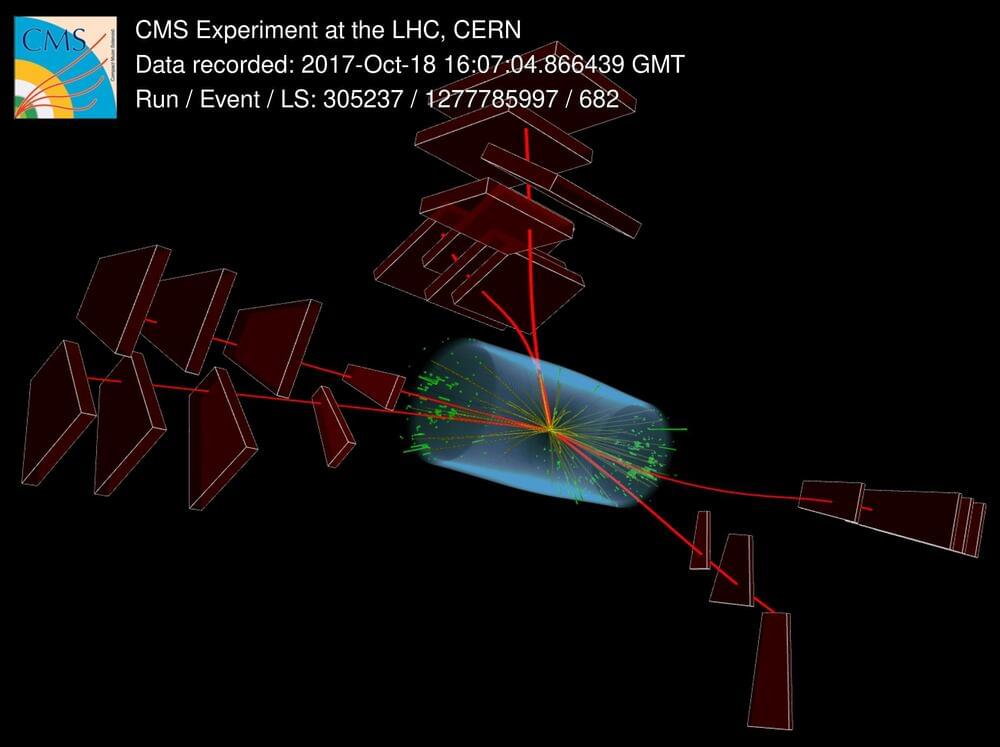In a first for particle physics, the CMS collaboration has observed three J/ψ particles emerging from a single collision between two protons.
It’s a triple treat. By sifting through data from particle collisions at the Large Hadron Collider (LHC), the CMS collaboration has seen not one, not two but three J/ψ particles emerging from a single collision between two protons. In addition to being a first for particle physics, the observation opens a new window into how quarks and gluons are distributed inside the proton.
The J/ψ particle is a special particle. It was the first particle containing a charm quark to be discovered, winning Burton Richter and Samuel Ting a Nobel prize in physics and helping to establish the quark model of composite particles called hadrons.










Comments are closed.